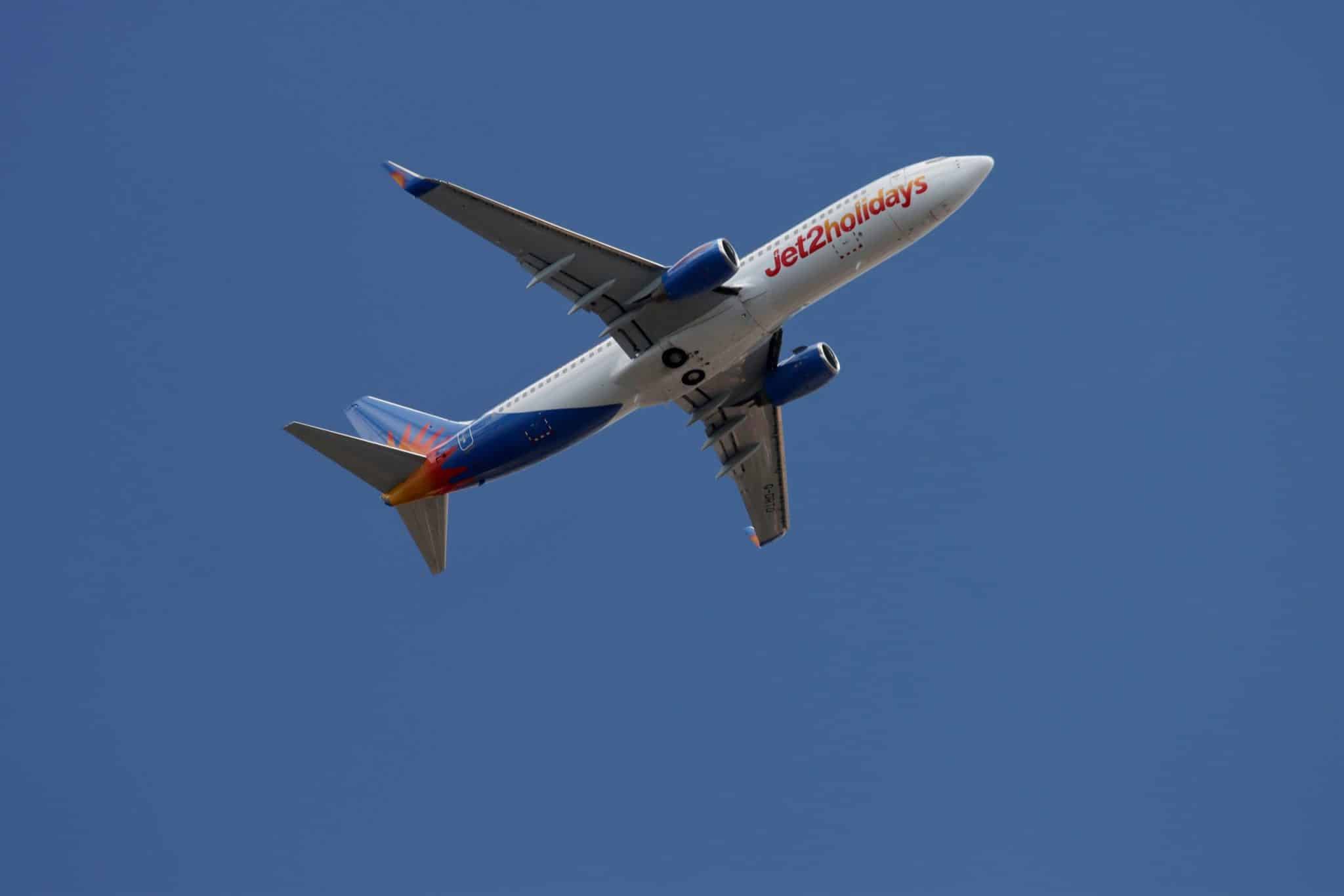Air Rights for Drones: Zoning Laws in the Age of Flying Taxis
In recent years, there has been a growing buzz around the use of drones in various industries, from delivery services to media production. With the exciting prospect of flying taxis on the horizon, it seems that the skies will soon be bustling with unmanned aerial vehicles (UAVs). However, as with any emerging technology, there are concerns and challenges to consider, particularly in terms of regulations and zoning laws. In this article, we will explore the concept of air rights for drones and the impact of zoning laws on the age of flying taxis.
The Rise of Drones and the Need for Air Rights
Drones, or UAVs, are becoming increasingly popular due to their versatility and efficiency in various applications. They can be used for surveillance, delivery, filming, and many other tasks that previously required manned aircraft. As the demand for drones continues to rise, it is becoming crucial to address the issue of air rights.
Simply put, air rights refer to the legal concept of owning the space above a property. This includes not only the land but also the airspace above it. In the age of flying taxis, it is essential to establish regulations for the use of this airspace to avoid conflicts and ensure the safety of both the drones and people on the ground.
The Role of Zoning Laws in Regulating Drone Activity
In most countries, zoning laws regulate land use and development. These laws divide the land into different zones, such as residential, commercial, or industrial, and outline what types of activities are permitted in each zone. As drones become more prevalent, zoning laws will need to adapt to include regulations specifically for these aerial vehicles.
One of the main concerns with drones is their potential impact on privacy and noise pollution. Zoning laws can help address these issues by restricting the use of drones in certain zones, such as residential areas. This would prevent drones from entering private property and invading people’s privacy. Additionally, noise regulations can be included in zoning laws to limit the use of loud drones in quiet neighborhoods.
The Challenge of Integrating Flying Taxis into Urban Environments
While drones have already proven their capabilities in various industries, the idea of flying taxis is still relatively new. Companies like Uber and Volocopter are working on developing these autonomous aerial vehicles for passenger transport, making air commuting a reality in the near future. However, the integration of flying taxis into urban environments poses unique challenges.
One of the major concerns is the safety and reliability of flying taxis. These vehicles will need to navigate through busy city skies, avoiding other aircraft and obstacles. To ensure that flying taxis can operate safely, it is essential to have dedicated air corridors that are free from any other aircraft. This is where zoning laws will play a crucial role. These laws can designate specific routes and zones for flying taxis, ensuring that they do not interfere with other aircraft or cause any disruptions on the ground.
The Need for Collaboration and Flexibility in Zoning Laws
As we can see, the use of drones and the introduction of flying taxis will require a collaborative effort between government agencies, urban planners, and drone operators. Zoning laws must be updated to create a balance between the interests of drone companies and the needs and concerns of residents.
Moreover, these laws must be flexible enough to adapt to the rapidly evolving technology and address any potential issues that may arise. This includes keeping up with advancements in drone technology, changes in airspace regulations, and new use cases for UAVs. Therefore, it is essential for zoning laws to be continuously reviewed and updated to cater to the needs of the ever-evolving drone industry.
Conclusion
Air rights for drones and zoning laws in the age of flying taxis are vital components in regulating the use of UAVs in our skies. As drones become more prevalent and flying taxis become a reality, it is crucial to establish clear and adaptable regulations to ensure the safety and privacy of both the operators and the public. By collaborating and continuously updating zoning laws, we can embrace the potential of drones and flying taxis while addressing any concerns and challenges that may arise.











